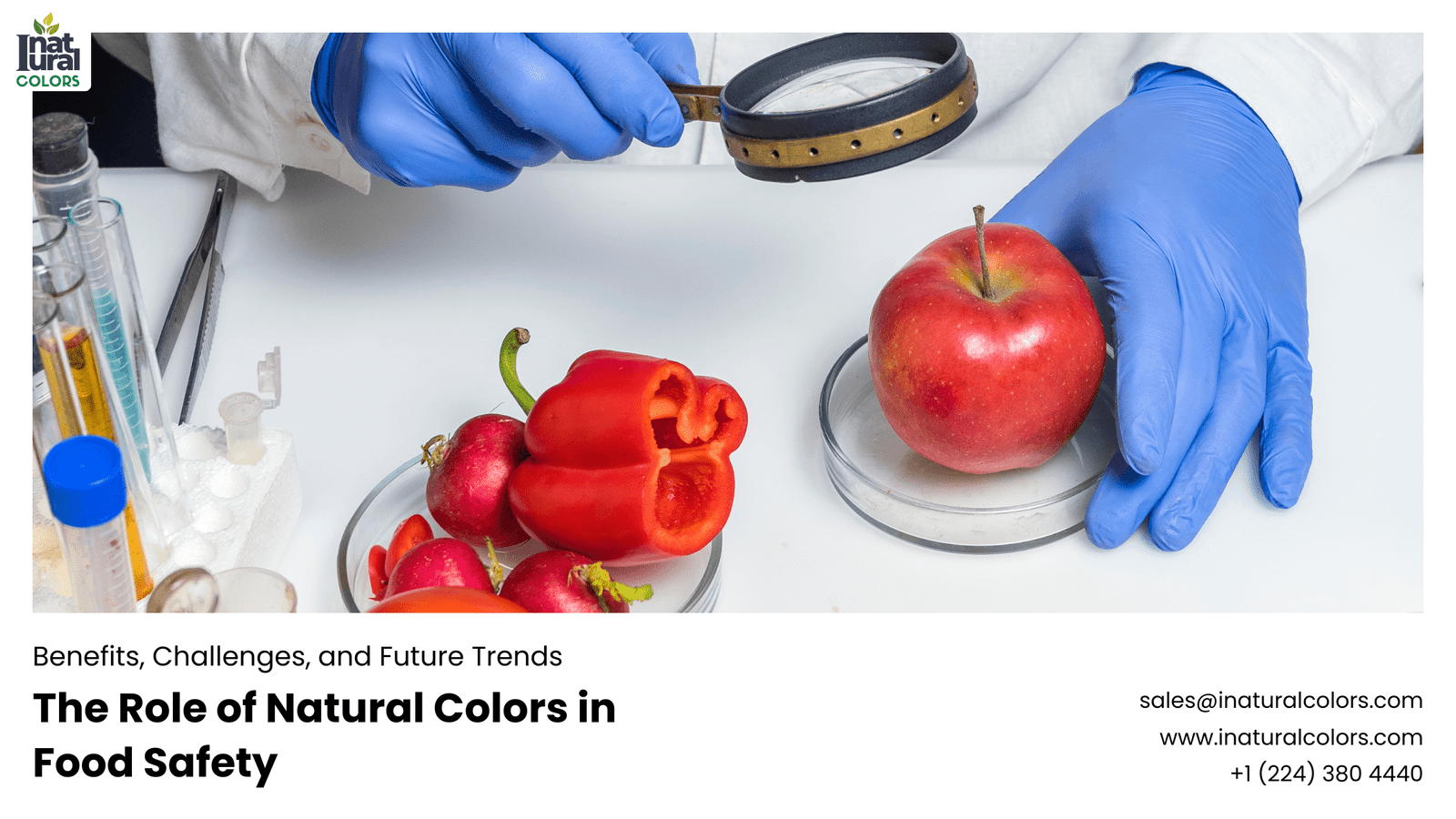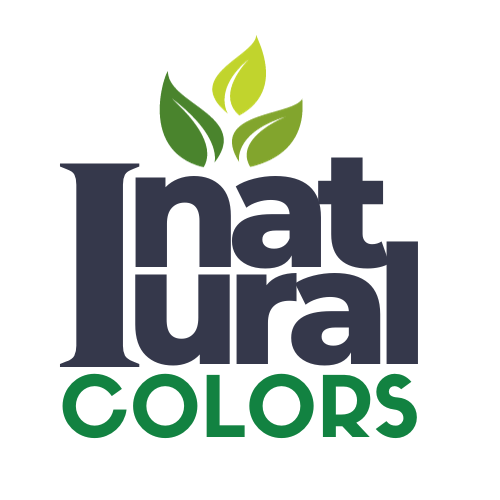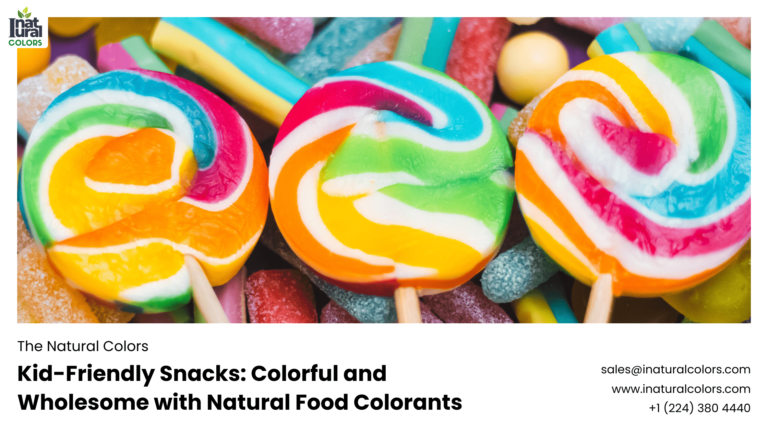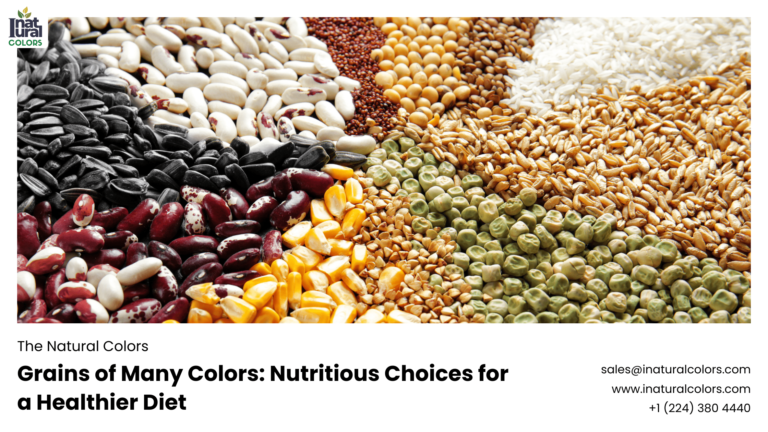Beautiful Plants For Your Interior

Natural Colors in Food Safety – Outline
The Role of Natural Colors in Food Safety
Introduction
Have you ever wondered why your favorite candy or drink has such vibrant colors? Colors play a crucial role in our food experience, making it more appealing and enjoyable. But not all food colors are created equal. While synthetic colors have been prevalent for decades, there’s a growing shift towards natural colors. Why? Because natural colors offer numerous benefits, particularly when it comes to food safety. Let’s dive into the vibrant world of natural food colors and explore their significance in keeping our food safe and healthy.
History of Food Coloring
Food coloring has a rich history that dates back centuries. Early civilizations used natural ingredients like saffron, turmeric, and beet juice to add color to their dishes. These natural colors were not just about aesthetics; they often had health benefits too. However, with the advent of the industrial revolution, synthetic colors made their way into our food. These artificial colors were cheaper and more vibrant, making them an attractive option for food manufacturers.
But over time, concerns about the safety of synthetic colors began to surface. Studies linked them to various health issues, prompting a reevaluation of their use. Today, there’s a strong movement back towards natural colors, driven by consumer demand for healthier, safer food options.
Types of Natural Food Colors
Natural food colors come from a variety of sources. Here are the main types:
Plant-Based Colors
Plants are a rich source of natural colors. Examples include:
- Turmeric for yellow
- Beetroot for red and pink
- Spirulina for blue and green
- Paprika for red and orange
Animal-Based Colors
Though less common, some natural colors are derived from animals, such as:
- Cochineal (a type of insect) for red
Mineral-Based Colors
Certain minerals can also be used to color food, like:
- Calcium carbonate for white
- Iron oxide for red and brown
Benefits of Natural Food Colors
Switching to natural food colors offers a range of benefits:
Health Benefits
Natural colors are generally safer and can even provide nutritional value. For instance, beta-carotene from carrots not only adds a vibrant orange hue but also supplies vitamin A.
Environmental Benefits
Natural colors are more environmentally friendly. They are biodegradable and usually require less processing, reducing their ecological footprint.
Consumer Preferences
Today’s consumers are more health-conscious and prefer natural ingredients. Natural colors meet this demand, enhancing brand loyalty and trust.
Health Concerns with Synthetic Colors
Synthetic colors, while popular, come with potential health risks. Some studies have linked them to hyperactivity in children, allergic reactions, and even cancer. Regulatory bodies like the FDA and EFSA have placed restrictions on certain synthetic colors, but concerns remain.
Regulation of Natural Colors
Natural food colors are subject to rigorous regulatory standards to ensure they are safe for consumption. In the U.S., the FDA regulates these colors, while in the EU, the EFSA sets the standards. Approval processes involve extensive testing to confirm that these colors do not pose health risks.
Common Natural Colors and Their Sources
Let’s look at some commonly used natural colors and where they come from:
Turmeric
Derived from the turmeric root, this bright yellow color is widely used in curries and mustards.
Beetroot
Beetroot provides a deep red or pink color, perfect for confections and beverages.
Spirulina
This blue-green algae is used for its vibrant blue and green hues in candies and ice creams.
Annatto
Sourced from the seeds of the achiote tree, annatto gives a yellow to orange color, commonly used in cheeses and butter.
Paprika
Made from ground red peppers, paprika offers a range of red to orange shades, ideal for snacks and sauces.
Applications of Natural Colors in Food Industry
Natural colors are used in a variety of food products:
Beverages
From soft drinks to juices, natural colors enhance visual appeal.
Confectionery
Candies and chocolates benefit from the vibrant hues of natural colors.
Dairy Products
Yogurts and ice creams often use natural colors to attract consumers.
Bakery Items
Breads, cakes, and pastries are made more appealing with natural colorants.
Challenges in Using Natural Colors
Despite their benefits, natural colors present some challenges:
Stability Issues
Natural colors can be less stable than synthetic ones, leading to color fading over time.
Cost Implications
Extracting natural colors is often more expensive, impacting the cost of the final product.
Availability and Supply Chain
Ensuring a steady supply of natural colors can be difficult, especially for less common sources.
Technological Advances in Natural Color Production
Advances in technology are helping to overcome some challenges associated with natural colors:
Extraction Techniques
Improved methods for extracting colors from plants and minerals are making the process more efficient.
Enhancing Stability and Shelf-Life
Innovations in formulation and packaging are helping to extend the shelf-life of natural colors.
Case Studies: Successful Use of Natural Colors
Many companies have successfully transitioned to natural colors. For instance, Nestlé removed artificial colors from its Smarties in favor of natural alternatives. The response from consumers was overwhelmingly positive, reinforcing the demand for natural ingredients.
Future Trends in Food Coloring
The future of food coloring looks bright with ongoing research into new natural color sources and sustainable production methods. Market analysts predict continued growth in the natural colors market, driven by consumer preferences and regulatory pressures.
Consumer Awareness and Education
Educating consumers about the benefits of natural colors is crucial. Clear labeling and transparency about ingredients can help build trust and make it easier for consumers to make informed choices.
How to Identify Natural Colors in Foods
Want to ensure your food contains natural colors? Here’s how:
Reading Ingredient Lists
Look for specific names of natural color sources like “beet juice” or “turmeric.”
Certifications and Labels
Certifications from trusted organizations can indicate the use of natural colors.
Conclusion
Natural food colors play a pivotal role in food safety. They offer health and environmental benefits, meet consumer demands, and are regulated to ensure they are safe. While there are challenges, technological advancements are paving the way for wider adoption. As consumers become more educated, the demand for natural colors will only continue to grow, ensuring a safer and healthier future for our food.
FAQs
Are natural food colors safer than synthetic ones?
Yes, natural food colors are generally considered safer as they are derived from natural sources and have fewer associated health risks compared to synthetic colors.
Can natural colors cause allergies?
While natural colors are safer, some individuals may still be allergic to specific natural sources. It’s important to read labels if you have known allergies.
How can I ensure the foods I buy use natural colors?
Check the ingredient list for names of natural color sources and look for certifications indicating natural ingredients.
What are the most common natural food colors?
Common natural food colors include turmeric (yellow), beetroot (red/pink), spirulina (blue/green), annatto (yellow/orange), and paprika (red/orange).
Are there any downsides to using natural food colors?
Natural colors can be less stable, more expensive, and their supply can be inconsistent.



